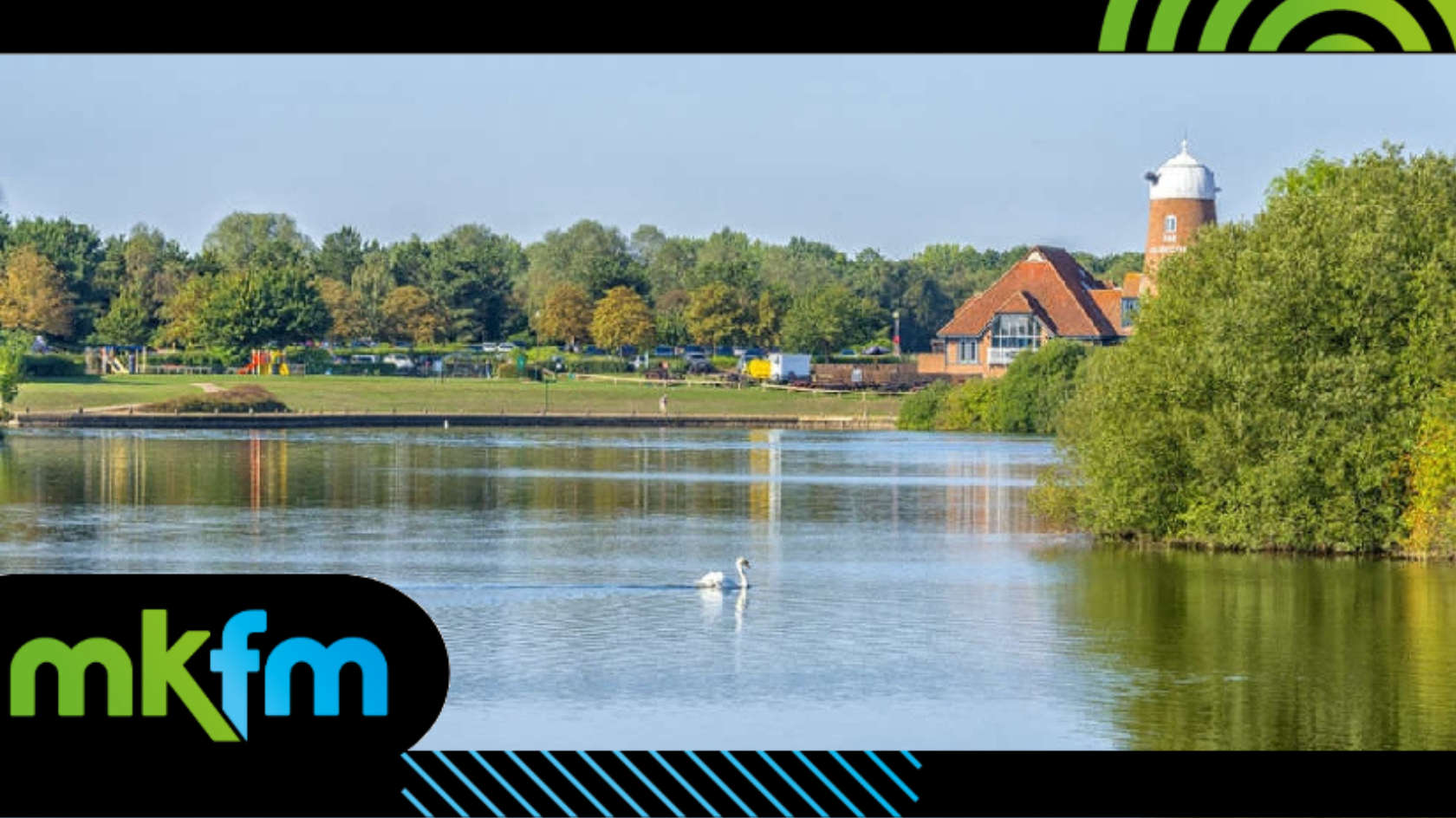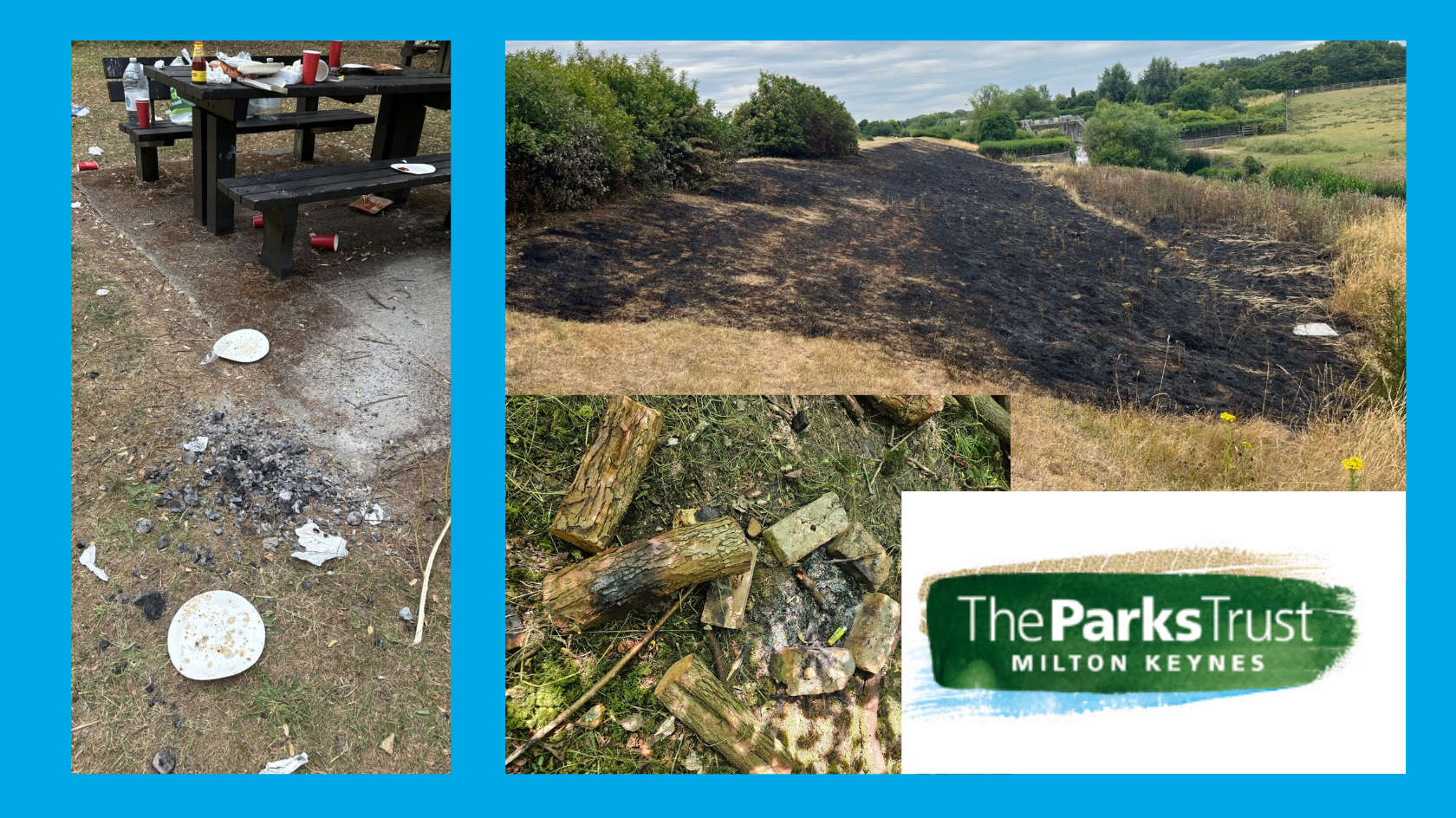
Dog owners are being told to stay 'vigilant' after a type of algae which could be highly poisonous to pets has been found in a popular MK lake.
Milton Keynes Veterinary Hospital, based in Walnut Tree, Milton Keynes, are urging pet owners to prevent dogs from swimming in Caldecotte Lake after the Parks Trust confirm blue-green algae has been found.
"We have been made aware of blue-green algae at Caldecotte Lake which has now been confirmed by the The Parks Trust. This is likely a result of the hot weather we have already had this year," a spokesperson for MK Veterinary Group says.
"As a precautionary measure, it would be recommended that your dog does not swim in the lake to prevent contact with the algal scum."
MK Veterinary Group has issued the following advice and information on blue-green algae.
What is blue-green algae?
Blue-green algae naturally occurs in inland waters and blooms can form when their numbers become excessive. It is these ‘blooms’ that give the
water a blue-green appearance or a ‘pea soup’ colour. The behaviour of these algae is erratic and the level of its toxicity can fluctuate; it can appear one day, be dispersed by the wind and, mix and re-accumulate at any time.
How can blue-green algae affect you and your animals?
Blue-green algal blooms can product toxins hazardous to both people and animals. Not all blue-green blooms produce toxins, but it is not possible to tell which are dangerous without testing, and therefore all blooms should be considered potentially toxic. Dogs that enjoy swimming and playing in lakes and ponds may be exposed to blue-green algae.
Andre Cilliers, Milton Keynes Veterinary Group, advises owners to be vigilant of the potential symptoms of this toxin. Symptoms of this poisoning may include:
- Vomiting
- Diarrhoea
- Blood in stool or black, tarry stool
- Pale mucous membranes
- Jaundice
- Seizures
- Disorientation
- Coma
- Shock
- Excessive secretions (e.g. salivation, lacrimation, etc)
- Neurologic signs (including muscle tremors, muscle rigidity, paralysis,
- etc)
- Blue discoloration of the skin and mucous membranes
- Difficulty breathing
"If contracted, this toxin requires aggressive and immediate treatment to help treat the symptoms. If there are any signs of this illness after
contact with potentially contaminated water, please contact your veterinary practice immediately for advice."















